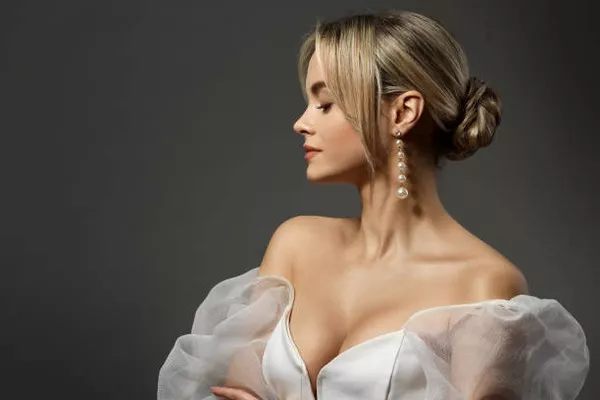In a revival of iconic 2000s hairstyles, side bangs are making a notable return, and they’re more stylish than ever. A leading hairstylist offers tips on how to embrace this nostalgic look.
Side bangs were a defining feature of early 2000s hair trends, ranging from sweeping styles with dramatic partings to intricately carved micro bangs. Their resurgence today hints at a similar trend trajectory, with high-profile figures like Australian model Shanina Shaik, Cardi B, and Rihanna—who sported side bangs early in her career—leading the way.
Justine Wolfe, a Melbourne-based hairstylist and educator, expresses her enthusiasm for the comeback. “I’m a huge fan of side fringes,” Wolfe shares. “They’re flattering, stylish, and fun to wear. Most importantly, they add a touch of flair to even the simplest hairstyles, like ponytails or topknots.”
However, embracing side bangs is not without its challenges. They demand a significant commitment, including regular trims, frequent washes, and meticulous styling to ensure they sit properly—particularly if you have a cowlick.
For those hesitant about a full commitment, Wolfe suggests starting with a transitional version of the trend. “A side parting or adding shorter layers around the face can be a great way to ease into the style,” she advises. “Once you’re comfortable with shorter layers, you can always opt for a fuller fringe later on.”
Consider Your Face Shape
Before opting for side bangs, it’s crucial to assess how they will complement your facial features. Wolfe notes that “side bangs are versatile and can soften and contour the face.” The key is to select a style that enhances your unique features.
A side fringe can create the illusion of a shorter forehead, which may not be ideal for those with smaller faces or shorter foreheads. If this is a concern, a micro side fringe might be a better choice. On the other hand, bulkier fringes with deep partings can add width to the face, which may not suit individuals with wider cheekbones or square face shapes. Instead, Wolfe recommends a softer parting with longer layers for a subtler approach.
“Feathered bangs offer great versatility because they’re generally longer and softer than chunky fringes,” Wolfe explains. “They can be styled in various ways—center part, side part, or even straight down—allowing you to easily switch up your look.”
Prepare for the Commitment
Natural hair growth patterns can pose challenges, especially with irregular hairlines or cowlicks. To manage unruly bangs, Wolfe suggests drying them while damp and using your fingers to redirect the hair. “Drying with a brush can add unwanted volume, so it’s better to style your bangs while they’re still damp for a modern finish,” she advises.
As with any hairstyle, growing out bangs can be a test of patience. While accessories like headbands, bobby pins, and clips can help manage the transition, it might take six months or longer before your bangs seamlessly blend with the rest of your hair.


